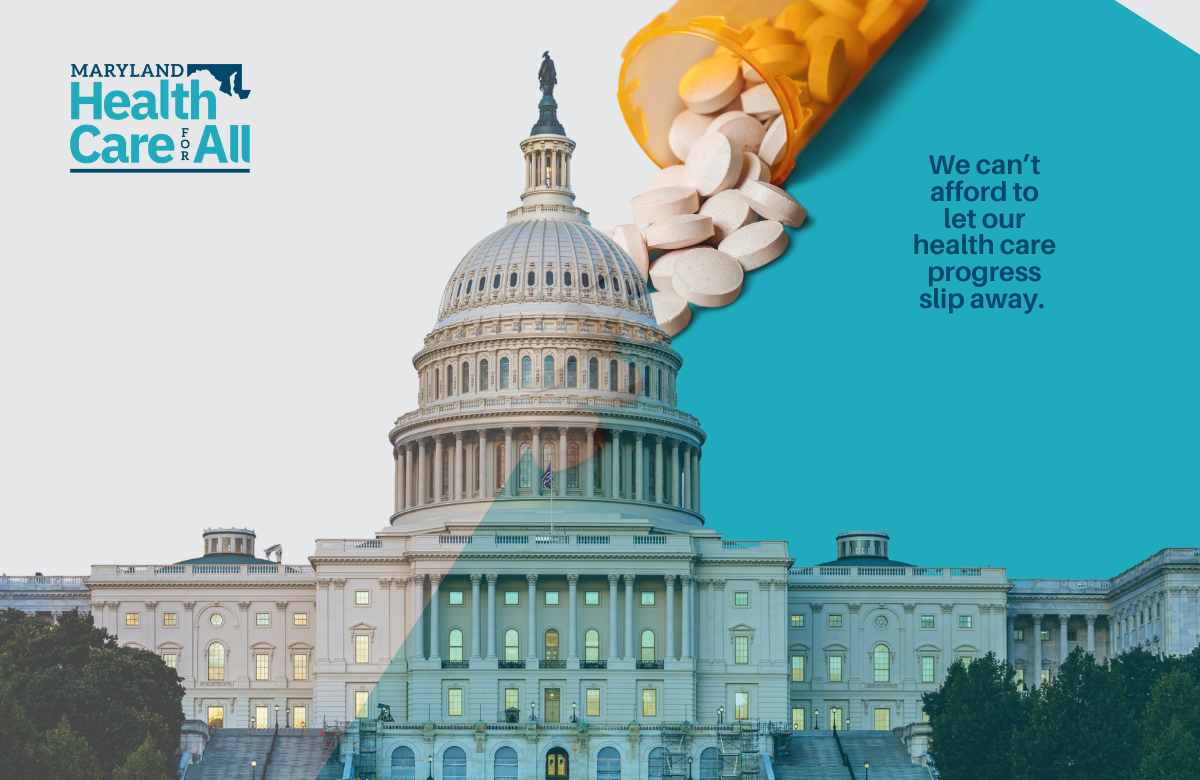December 11, 2023
Actions in Annapolis and Washington to expand access to health insurance have significantly reduced Maryland hospitals’ costs for providing care to the uninsured, in turn reducing health care costs which could be more than half a billion dollars since 2007, according to a new analysis of state health care data.
This new report, which will be presented to the Maryland House of Delegates Health and Government Operations Committee on Tuesday, December 12 at noon, examines the costs hospitals have incurred providing care to people without insurance or the ability to pay for their care. These uncompensated care costs are factored into state hospital rate-setting and increase costs for health coverage provided to Marylanders. They also increase costs to public payers such as Medicare and Medicaid in Maryland.
Thanks to the success of the federal Affordable Care Act (ACA) and Maryland’s expansion of access to Medicaid, which provides care for low-income patients, far fewer people in the state lack insurance. That, in turn, has reduced hospitals’ burden providing care to the uninsured – which leads to reduced hospital costs to purchasers of hospital services the analysis found.
“Therefore, it is reasonable to assume that savings in hospital rates resulting from the Medicaid expansion and the ACA are at least $460 million,” the report concludes. “This represents savings to purchasers of hospital care such as public and private payers, consumers, and businesses. These savings provided the potential to reduce the growth in premiums to premium payers, and out-of-pocket costs to consumers, as well as provide fiscal benefits to public payers that are supported by their respective tax bases.”
The analysis was conducted for the Maryland Health Care for All! Coalition by Steve Ports, an expert in Maryland health care financing. It considered the impact of two major expansions of health insurance in the state. Beginning in 2008, Medicaid expanded to cover significantly more Marylanders. And in 2010, the ACA passed Congress with major provisions going into effect in 2014. Those actions, and others, helped Maryland reduce its uninsured rate form 13 percent of all residents in 2007 to 6 percent in 2023.
Following those two major health care reforms:
- The total amount of uncompensated care experienced by Maryland hospitals declined from $1.025 billion in 2008 to $707 million in 2017 and $842 million in 2022. When indexed to hospital cost inflation and factoring in related hospital assessments the total savings accrues to over $460 million.
- In 2008, hospital uncompensated care accounted for 8.3% of patient revenue; by 2021, that declined to a historic low of 4.3%.
Click here to read the analysis.
“I am extremely encouraged by these findings. The work that the General Assembly and Congress are doing are paying real dividends,” said Del. Joseline Peña-Melnyk, chair of the House Health and Government Operations Committee. “We have worked effectively to get more Marylanders enrolled in affordable health insurance. That helps them lead healthier lives, without worrying about how to pay for care. And in turn, that reduces the burden on our hospitals to care for the uninsured, which saves us all money.”
“This is the first time that the impact of these reforms on hospital uncompensated care has been analyzed and the results are significant” said Steve Ports. “It is clear from the data that the major state and federal coverage expansions since 2007 have resulted in reduced costs to purchasers of hospital care in the State.”
“The analysis makes clear that what we are doing in Maryland is working well. We are bringing down health costs for hospitals significantly, and in turn, that reduces insurance premiums for everybody,” said Vincent DeMarco, President of the Maryland Health Care for All! Coalition. “As former House Speaker Mike Busch said, uncompensated care provided by hospitals is a hidden tax on every person’s health insurance policy in the state, and we’re making amazing progress to reduce and eliminate those costs. We are committed to building on this progress by reducing our uninsured rate to as close to 0 percent as we can so that we can also continue to reduce the hidden health care tax on all of us.”
Last modified: December 11, 2023




